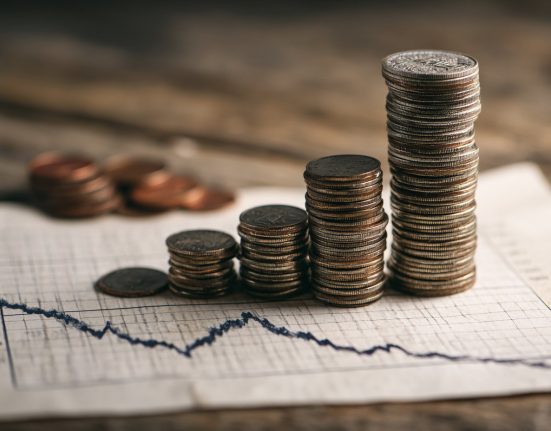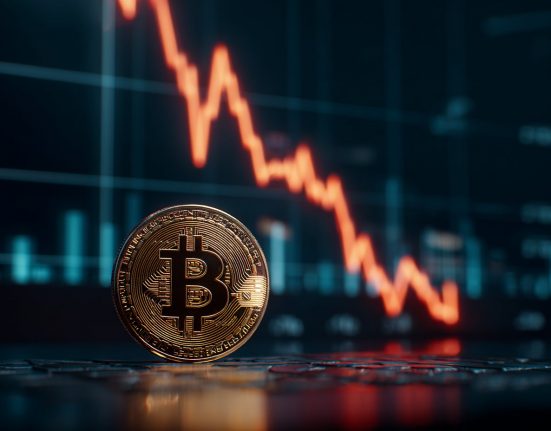A few months ago, the US economy achieving a “soft landing” seemed challenging. Inflation was well above target, the labor market was extraordinarily tight, and the financial system was straining under the pressure of higher interest rates.
Today, while a “soft landing” is not yet a done deal, the economy looks much closer to being “in balance.” Inflation has receded, meaning major central banks are closer to the end of the tightening cycle. The US labor market has cooled, but not so much as to push the economy into a recession, and earnings have improved, with US-listed company profit expectations now back at all-time highs.
But global equities are little changed over the last quarter, and bond yields remain elevated. In our view, this creates an opportune moment for investors. We expect decent returns across asset classes: 8–10% across MSCI developed and emerging market indexes and 10–15% for major high-quality bond indexes in US dollars, British pounds, Swiss francs, and euros by June 2024. (Bond expectations are based on indexes from Bloomberg, ICE BofA, JPMorgan, Bloomberg Barclays, Solactive, and S&P LCD).
So, how do we recommend investing today?
First, get in balance. We’re at a rare moment when in our base case we expect cash, bonds, stocks, and alternatives to all deliver reasonable returns. That’s both over the next six to 12 months, and over the longer term. In our view, investors can tap into today’s attractive opportunity set across asset classes, position for durable returns for years to come, and mitigate the effect of potential risks.
Part of “getting in balance” means not overallocating to cash, so it’s important to manage liquidity. Cash rates are attractive. But we expect such high rates to be short-lived, as the central bank tightening cycle ends.
Second, buy quality bonds. Bond performance has been muted so far this year amid resilient US economic growth and expectations that interest rates will stay higher for longer. But bonds are our preferred asset class as economic growth gradually decelerates and inflation falls closer to target. Our preference is for the higher-quality segments [high grade (government) and investment grade bonds] and for a duration of 5–10 years.
Third, in equities we have a two-pronged approach. One part is to look for equity laggards. With stock market gains this year concentrated in a few individual companies, we see opportunities in the corners of the market that have lagged global indexes this year.
The other strand is to pick leaders from disruption. Technological disruption is creating compelling opportunities for investors looking for longer-term growth potential: The surge in AI applications and investments has created a powerful new narrative for the broader tech sector. This month, we move the global and US information technology sectors to neutral from least preferred.
The energy transition is also part of our longer-term leaders theme and dovetails with our message to invest in infrastructure, which benefits from the three D’s—digitalization, deglobalization, and decarbonization.
Fourth, benefit from low volatility. Implied and realized volatility across equities and commodities has fallen to the lowest level since the start of the pandemic in 2020. In equities, investors can now cheaply protect against downside risks. In commodities and FX, investors have opportunities to take advantage of market ranges. In fixed income, investors can potentially enhance yields by selling the risk that US rate volatility rises further.
Fifth, diversify with alternatives. While they carry unique risks investors should be aware of, like illiquidity, alternative asset classes are a key part of long-term portfolio diversification. This is both in terms of better risk adjusted performance over traditional asset classes and potential diversification when stocks and bonds move together.
Finally, for investors focused on sustainability, each of these investment ideas can be implemented sustainably, through equities, bonds, and thematic investments.







